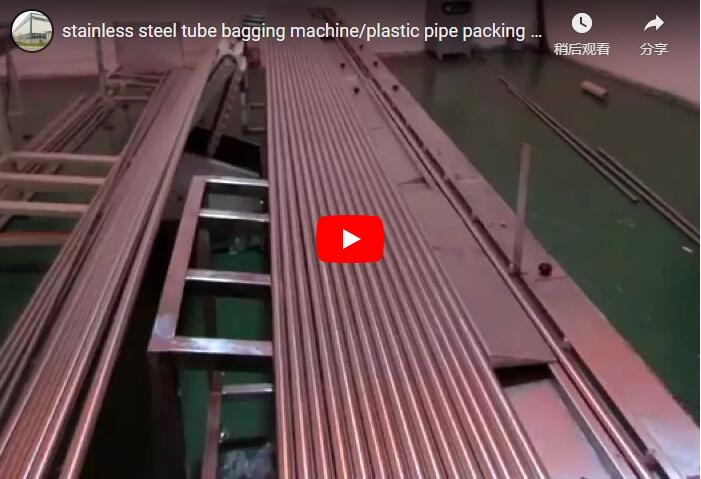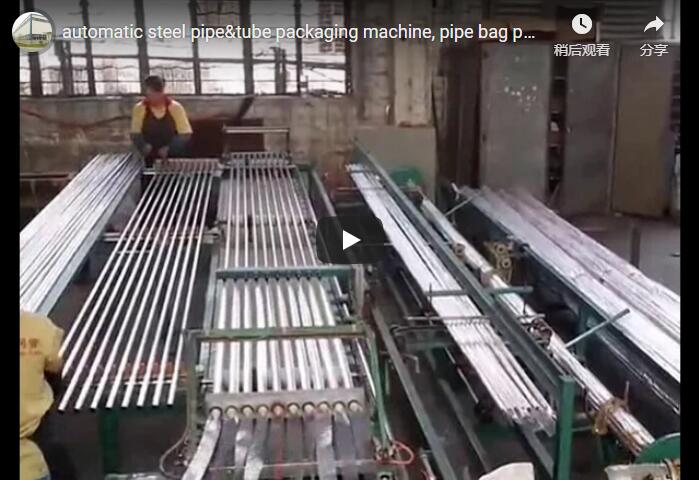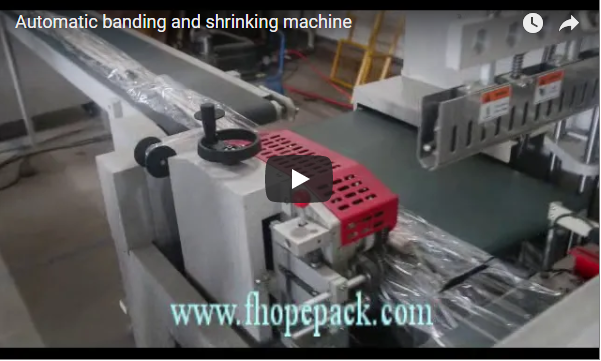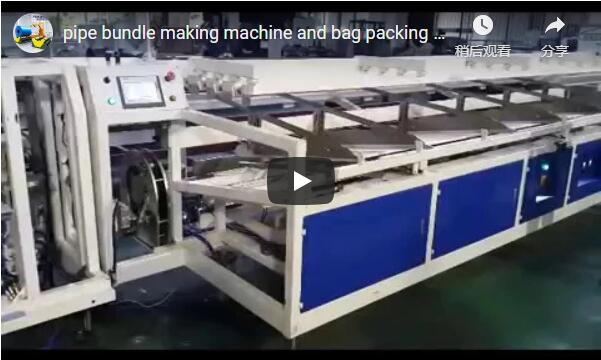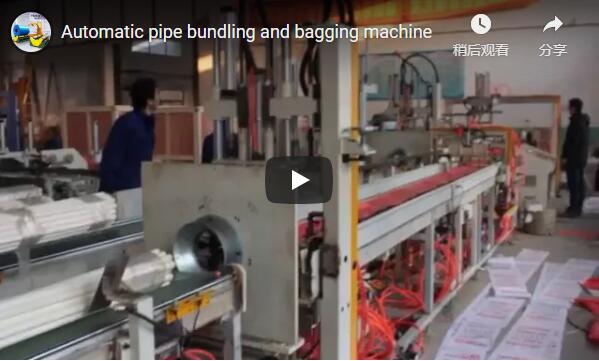Optimizing Small Pipe Packaging: A Deep Dive into Automatic Steel Tube Bagging Machines
Handling and packaging small-diameter steel tubes and pipes presents unique challenges in industrial settings. Manual bagging is often slow, labor-intensive, and can lead to inconsistent package quality, potentially risking product damage during transit or storage. Automating this process is key to enhancing efficiency and protecting valuable inventory. An automatic steel tube bagging machine offers a robust solution specifically engineered for these tasks.
Let's delve deeper into the functionality, benefits, and technical considerations of these essential pieces of industrial packaging equipment.
1. The Inefficiency of Manual Pipe Bagging
Before exploring the automated solution, it's crucial to understand the limitations of manual methods:
- Labor Costs: Requires significant manpower, diverting resources from other value-added tasks.
- Inconsistent Results: Bag tightness, seal quality, and overall presentation can vary greatly between operators and shifts.
- Potential for Damage: Manual handling increases the risk of scratches, dents, or contamination.
- Speed Limitations: Manual bagging inherently bottlenecks throughput, especially in high-volume operations.
- Ergonomic Concerns: Repetitive motions can lead to worker fatigue and potential injuries.
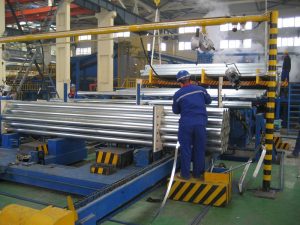
Steel tube bundle strapping machine 2. How Automatic Steel Tube Bagging Machines Work: A Technical Overview
An automatic steel tube bagging machine is more than just a bag sealer; it's an integrated system designed for seamless operation. While designs vary, the core process typically involves several key stages:
- Infeed & Alignment: Pipes are fed onto the machine, often via conveyors or rollers. Guides and sensors ensure proper alignment and singulation (separating individual pipes) for accurate processing.
- Pipe Measurement: Advanced sensors (often optical or laser-based) detect the diameter and sometimes the length of the incoming pipe. This data is crucial for selecting the correct bag size or adjusting the film feed. From experience, ensuring these sensors are properly calibrated and kept clean is vital for consistent performance.
- Bag Dispensing/Creation: The machine either dispenses pre-made bags on a roll or forms bags from a continuous roll of polyethylene (PE) film. Forming from film often allows for greater flexibility in bag length.
- Pipe Insertion: Mechanisms gently guide and insert the measured pipe into the opened bag.
- Sealing: The bag is securely sealed, typically using heat sealing (common for PE films) or impulse sealing methods, creating a protective barrier against moisture, dust, and contaminants. Some machines offer options for single or double seals for added security.
- Cutting & Discharge: The sealed bag is cut from the roll (if applicable), and the packaged pipe is discharged onto an outfeed conveyor or collection area.
3. Key Technical Specifications to Consider
When evaluating an automatic steel tube bagging machine, focus on these parameters:
- Pipe Diameter Range: Minimum and maximum pipe diameters the machine can handle (e.g., Ø10mm - Ø75mm).
- Pipe Length Range: Minimum and maximum pipe lengths accommodatable (e.g., 1m - 6m, or custom ranges).
- Bagging Speed/Throughput: Rated capacity, often measured in pipes per minute or hour (e.g., 5-15 pipes/minute depending on size). Match this to your production needs.
- Bag Material Compatibility: Type and thickness of bagging film supported (e.g., PE film, specific gauge range).
- Control System: Typically PLC (Programmable Logic Controller) based with an HMI (Human-Machine Interface) for easy operation, parameter adjustments, and diagnostics.
- Sealing Method: Heat sealing, impulse sealing, etc.
- Power Requirements: Voltage, phase, and power consumption.
- Machine Footprint: Physical dimensions and space required for operation and maintenance.
- Integration Capabilities: Potential to connect with upstream (e.g., bundling machines, cutting lines) or downstream systems (e.g., labeling, palletizing).
From personal observation in various facilities, closely matching the machine's specifications, particularly diameter and length ranges, to your primary product mix is critical for maximizing ROI.
4. Tangible Benefits of Automation in Pipe Bagging
Investing in an automatic steel tube bagging machine delivers significant advantages:
- Dramatically Increased Throughput: Automating the process significantly outpaces manual bagging, boosting overall productivity. We've seen facilities triple their packaging output for certain product lines.
- Consistent Package Quality: Ensures every pipe is bagged uniformly with secure seals, enhancing product presentation and protection. This directly translates to fewer customer complaints related to shipping damage.
- Reduced Labor Costs: Frees up personnel for more complex tasks, reducing direct labor expenditure on packaging.
- Optimized Material Usage: Precise control over bag sizing (especially with film-forming machines) minimizes plastic film waste compared to using oversized standard bags manually.
- Enhanced Product Protection: Secure bagging shields pipes from environmental factors like dust, moisture, and scratches during handling and storage.
- Improved Workplace Safety: Reduces manual handling and repetitive motions, contributing to a safer operating environment.
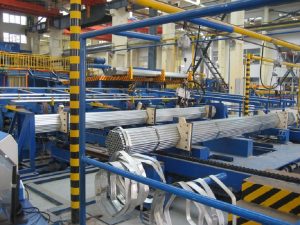
steel tube bundle packing line 5. Integration and Customization Potential
Modern automatic pipe bagging machines are often designed for integration into larger production lines. They can receive pipes directly from manufacturing or bundling processes and feed packaged products into subsequent handling systems. Customization options might include:
- In-line printing for adding logos or product information to bags.
- Integration with labeling systems.
- Specific infeed or outfeed conveyor configurations.
Consulting with the manufacturer is crucial to explore how a machine can be tailored or integrated into your specific workflow.
Conclusion: A Strategic Investment for Efficiency and Quality
The automatic steel tube bagging machine is an indispensable tool for manufacturers and distributors dealing with small pipes. By automating a traditionally manual process, these machines provide a reliable, efficient, and cost-effective solution that enhances productivity, improves package quality, reduces labor reliance, and ultimately protects the integrity of your products. It represents a strategic investment towards operational excellence in today's competitive industrial landscape.
For more detailed information on automated packaging solutions, including bundling and wrapping systems, explore comprehensive packing line options.
https://www.fhopepack.com/Automatic-pipe-bundle-packing-line.html
Ready to discuss your specific small pipe packaging needs? Contact us:
info@fhopepack.com

